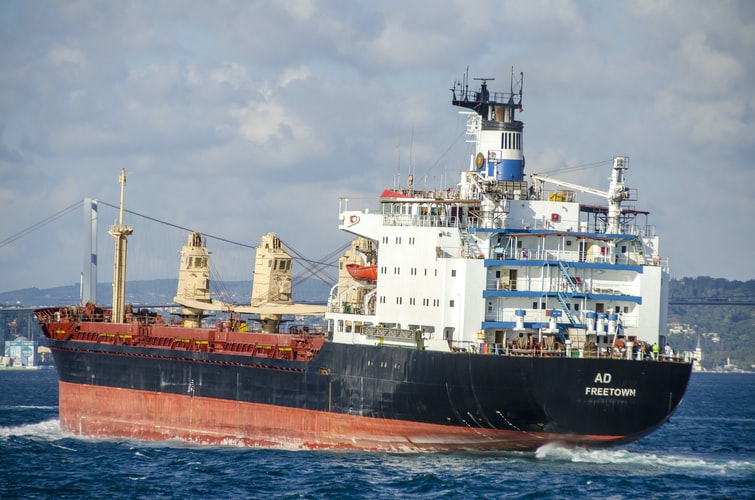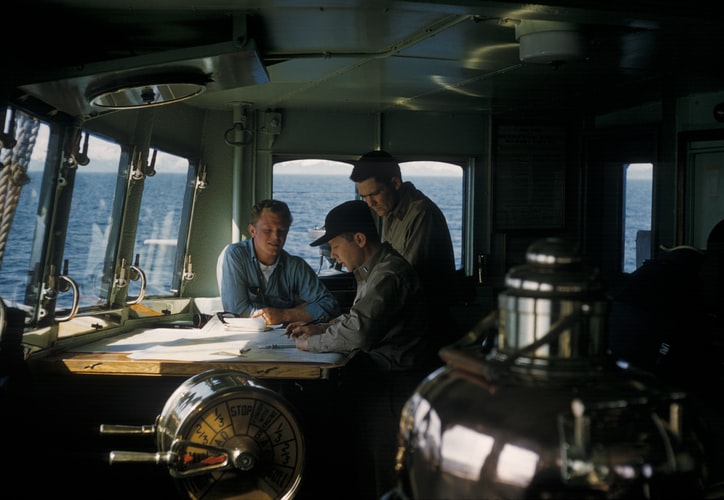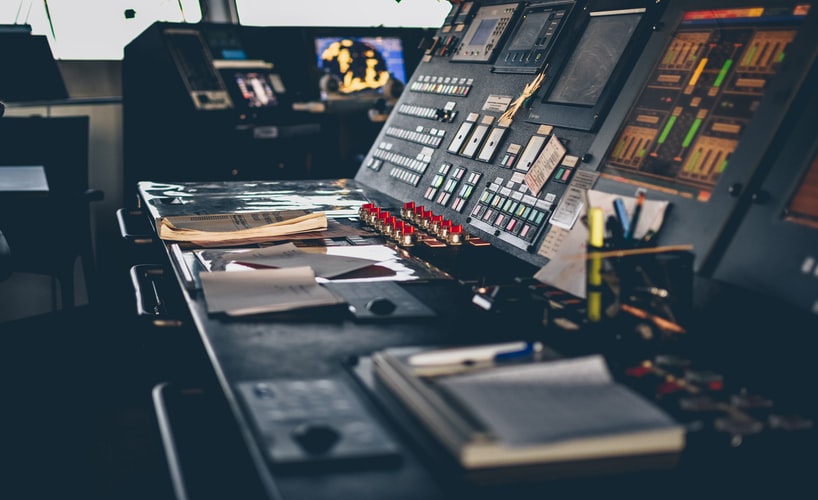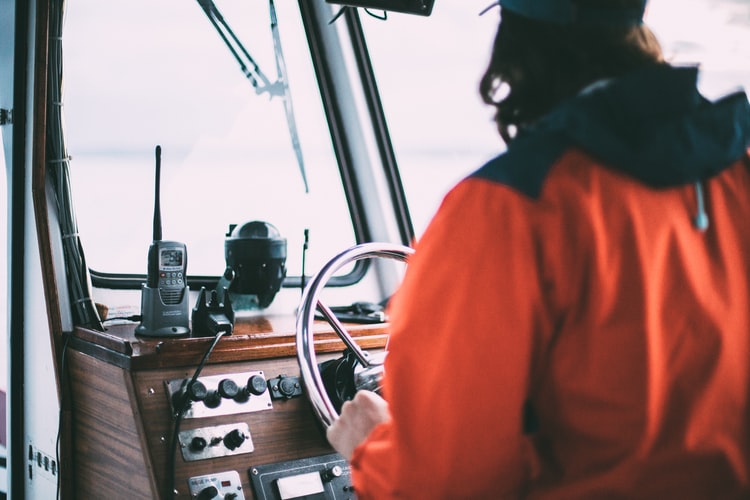Navigation For Ships In 2021

Today there are many advanced technologies involved in ship navigation. One such technology is GPS (Global Positioning System). GPS is an acronym for Global Positioning System. It was initially developed to help out ships in their voyage around the globe. A navigation system using GPS is basically a set of satellite positioning units (SPS) which are used to show the exact position of a vessel at any given time. They also have a voice like alert and can be directly connected to a computer or a global navigation satellite system.
Navigation Systems And Their Usage
Navigation systems are already incorporated into some of the more sophisticated navigation systems, but don’t think that the extra complexity would necessarily be demanding on the user. Most navigation equipments are designed to be very simple to use and are extremely well approved by sailing vessels masters and captains due to their simple to understand user interface and quick to respond nature. A GPS actual flight unit has all its electronic parts working together in unison, in order to provide accurate positioning data to the GPS itself. A GPS actual flight unit communicates with the GPS itself and is connected to a computer via a communication cable. Navigation systems can also be directly connected to a computer network or a satellite navigation system, depending on what kind of GPS actual flight unit you’re talking about. While a GPS actual flight unit can be a great piece of equipment to have, it also has certain limitations that you need to keep in mind.

What Are The Benefits Of These Systems?
The primary benefit of having a GPS navigation device, is the ability to improve situational awareness while at sea. All sailing vessels are equipped with a navigation device that assists them in knowing their exact position in relation to other vessels, as well as other things such as land formations and structures along the shoreline. This is called as situational awareness, and it is one of the primary purposes for which a GPS navigation device is made. In order for your GPS to give you this kind of advantage, it needs certain features. One of these features is collision avoidance. Most modern GPS units will automatically collate and report information regarding any potential collisions that may occur with your ship at sea.

Another important feature of GPS is the in-board inertial navigation system, or GIPS. This is a set of sensors installed on board the ship, in order to measure the tilt and position of the vessel relative to the stationary reference source such as an aircraft engine or a GPS satellite. This is used to determine the location and azimuth of the GPS source, and to make sure that your GPS is always pointed in the right direction, in order to avoid collisions with other ships or aerial vehicles.
How GPS Systems Work And Are Being Utilised
Yet another important part of a GPS navigation device is the ship’s radar systems. The radar is usually a separate component that can be added to the in-board navigation unit, or SATS. It is used to detect any potential collisions ahead and to guide the vessel away from them. It also helps to keep the vessel in-line with its assigned GPS destination, in order to reduce the possibility of collisions with other vessels.

Modern GPS devices use what are called radar signatures, which are characterized by subtle variations in the wave shape and speed of the radar signal that emerge from the GPS receiver. These signature variations tell the GPS unit, which is the next potential target of the radar, and thus how to steer clear of it. Different types of radar signatures are more likely to appear when the vessel is traveling at different speeds, or at different angles from the GPS receiver. A good example of this is the way that a ship might react to a U.S. Navy laser probe, which is sent out by a tracking device in a different direction from the GPS system.

Brande is a local news writer with a passion for capturing the essence of small communities, highlighting events and stories that shape everyday life.

